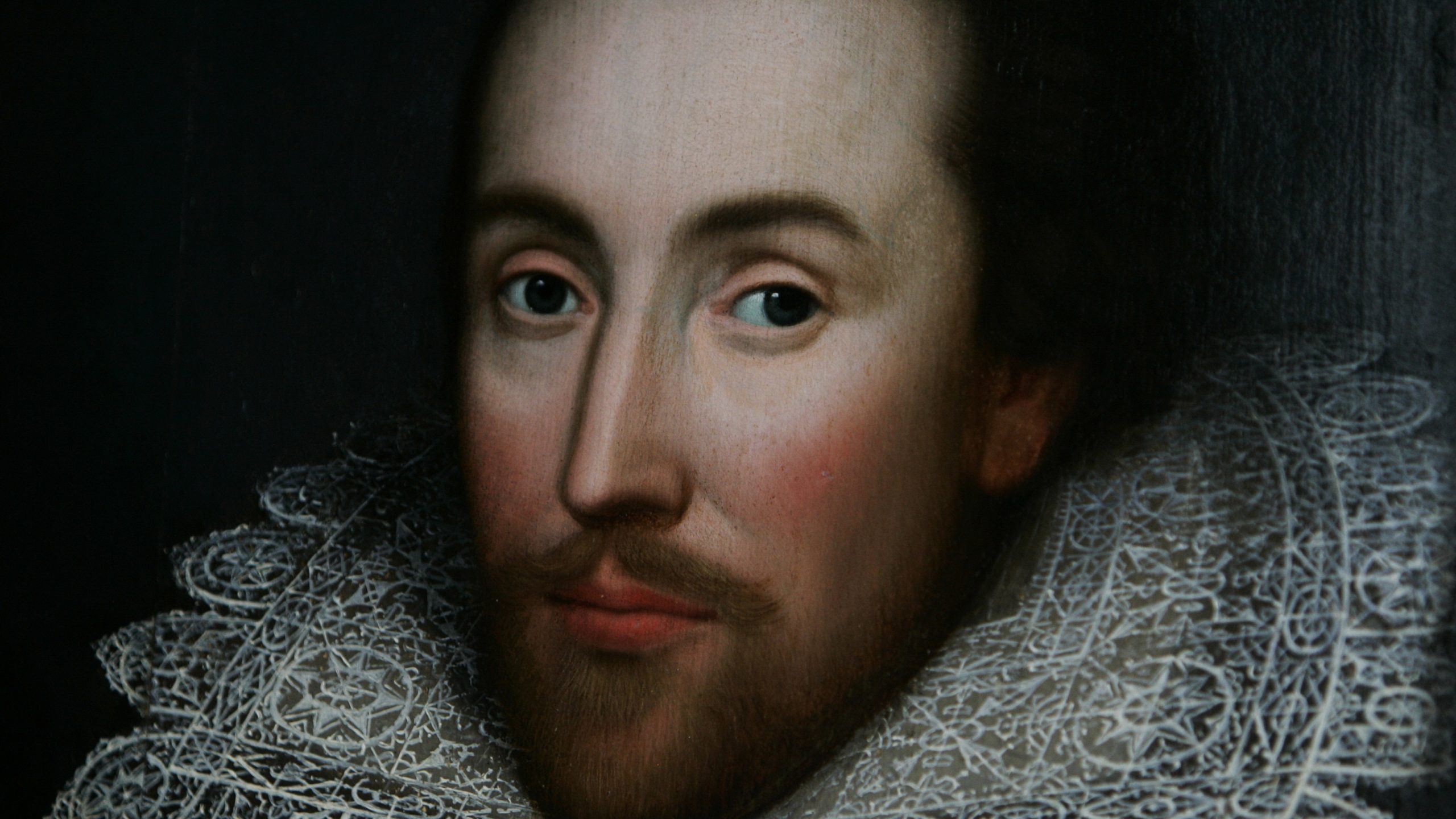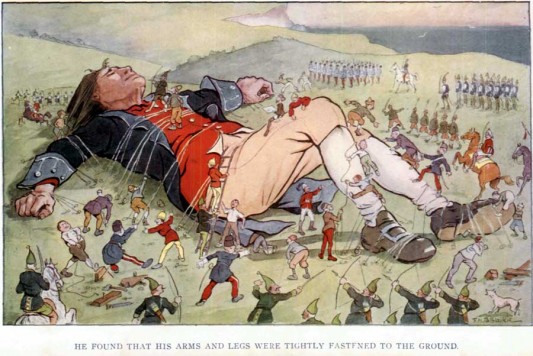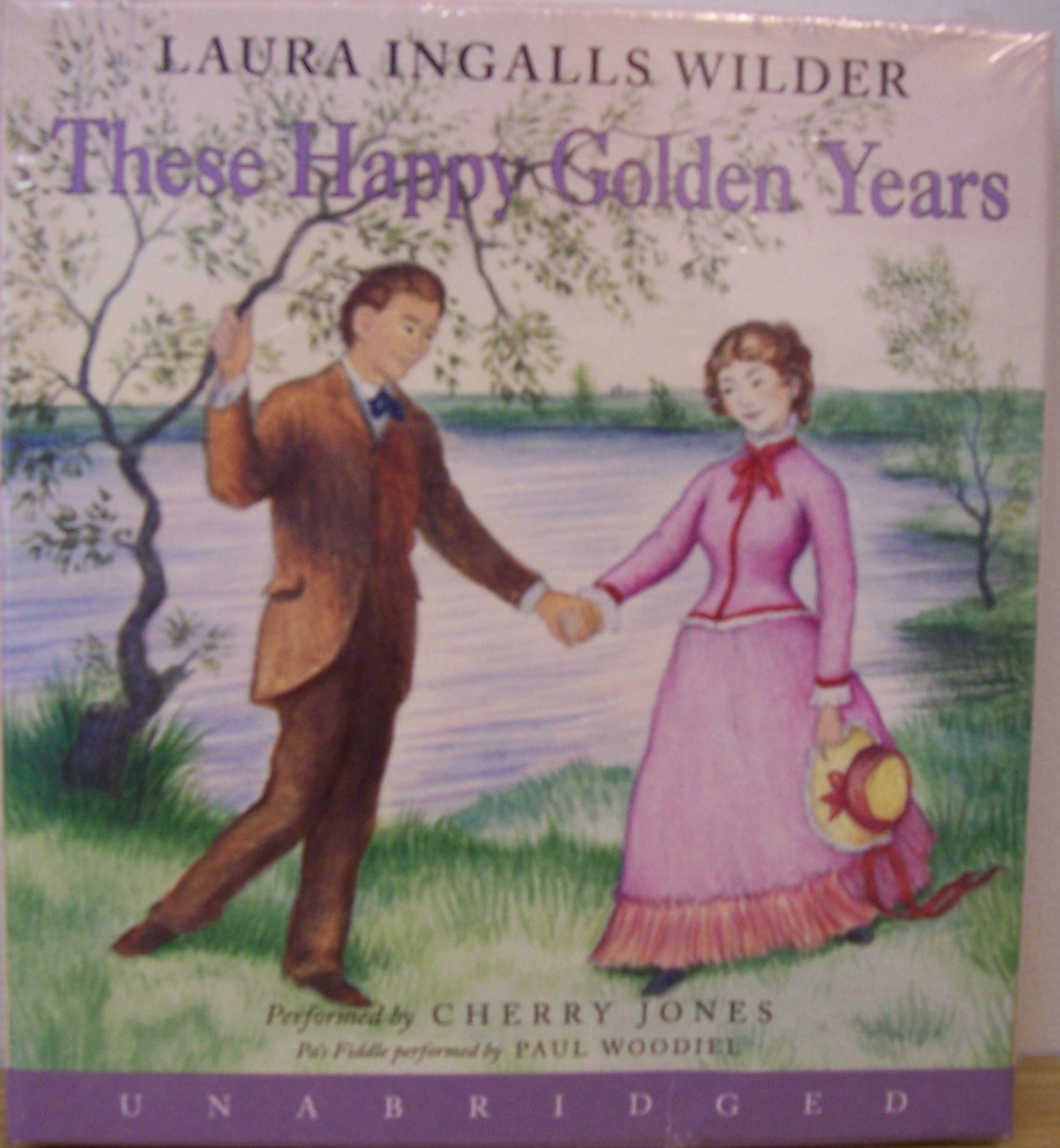Origin of English Literature
English literature begins with the history of dark ages about 8th – 14th centuries comes to the forefront with own various types including epics, ballads, hymns and so on. The first examples of English literature were written in Anglo-Saxon’s language, which is the source of English speaking but should be considered almost another language. Almost all men of literature accept that English literature begins with Beowulf, … Read the rest










